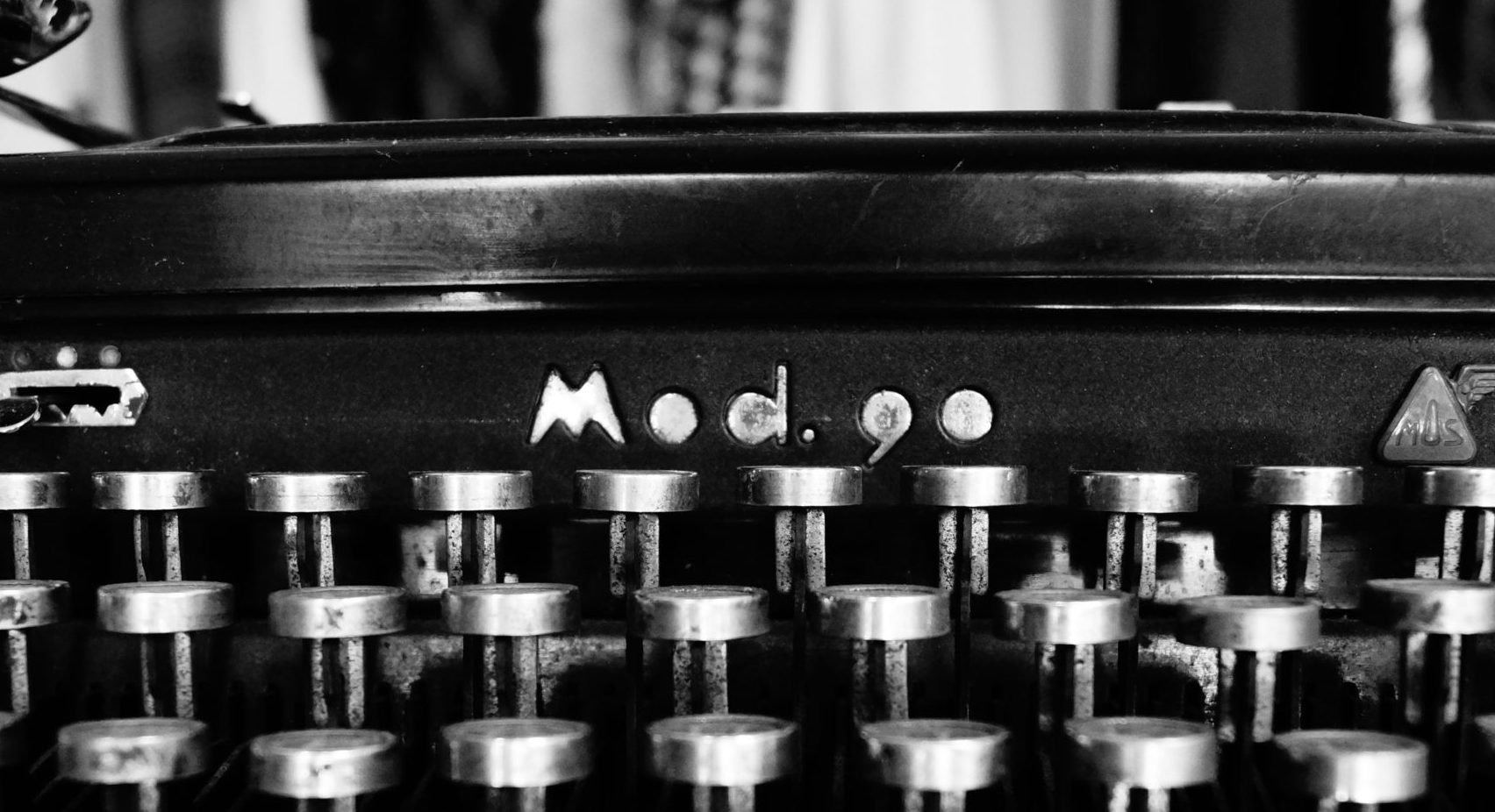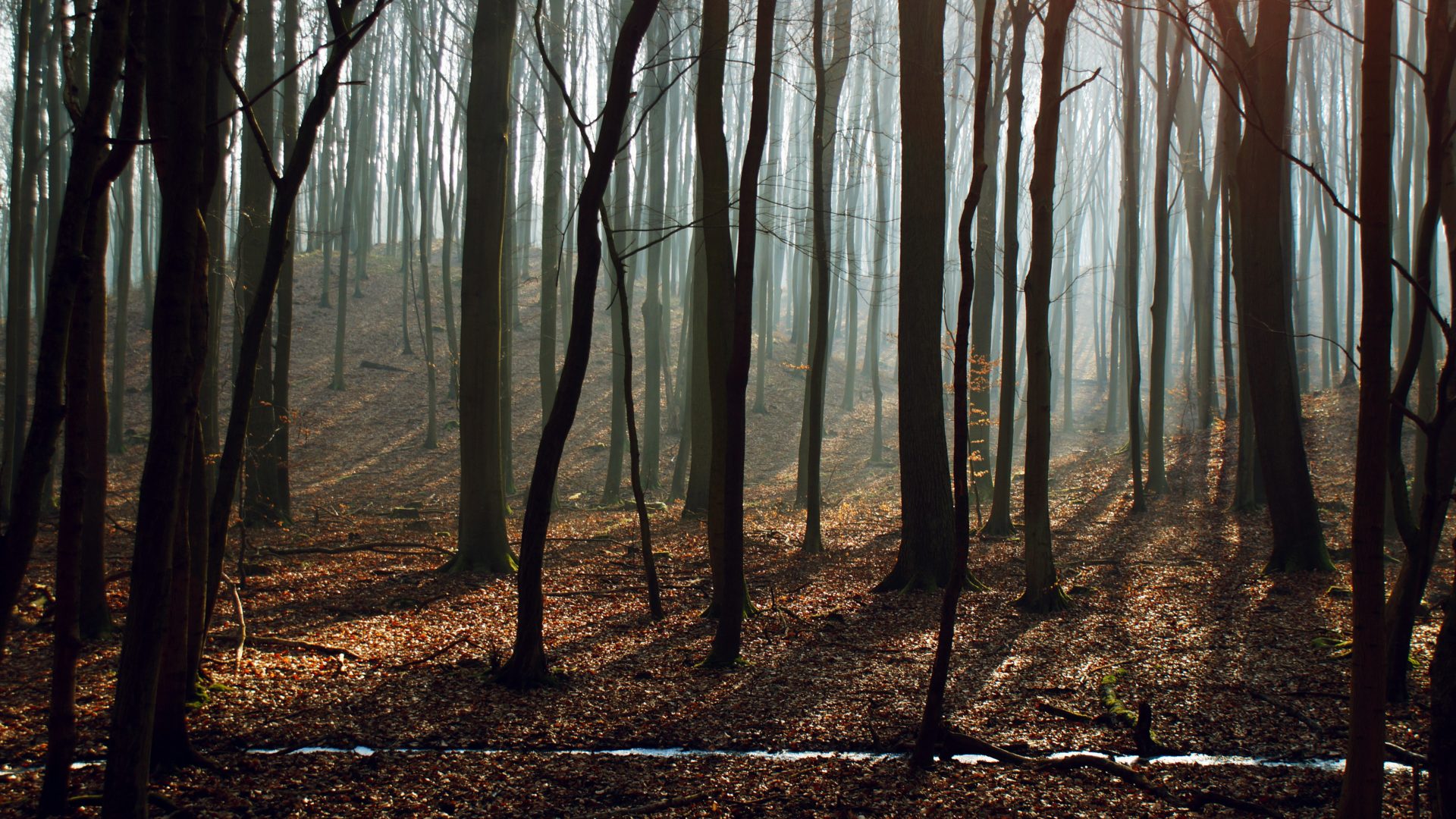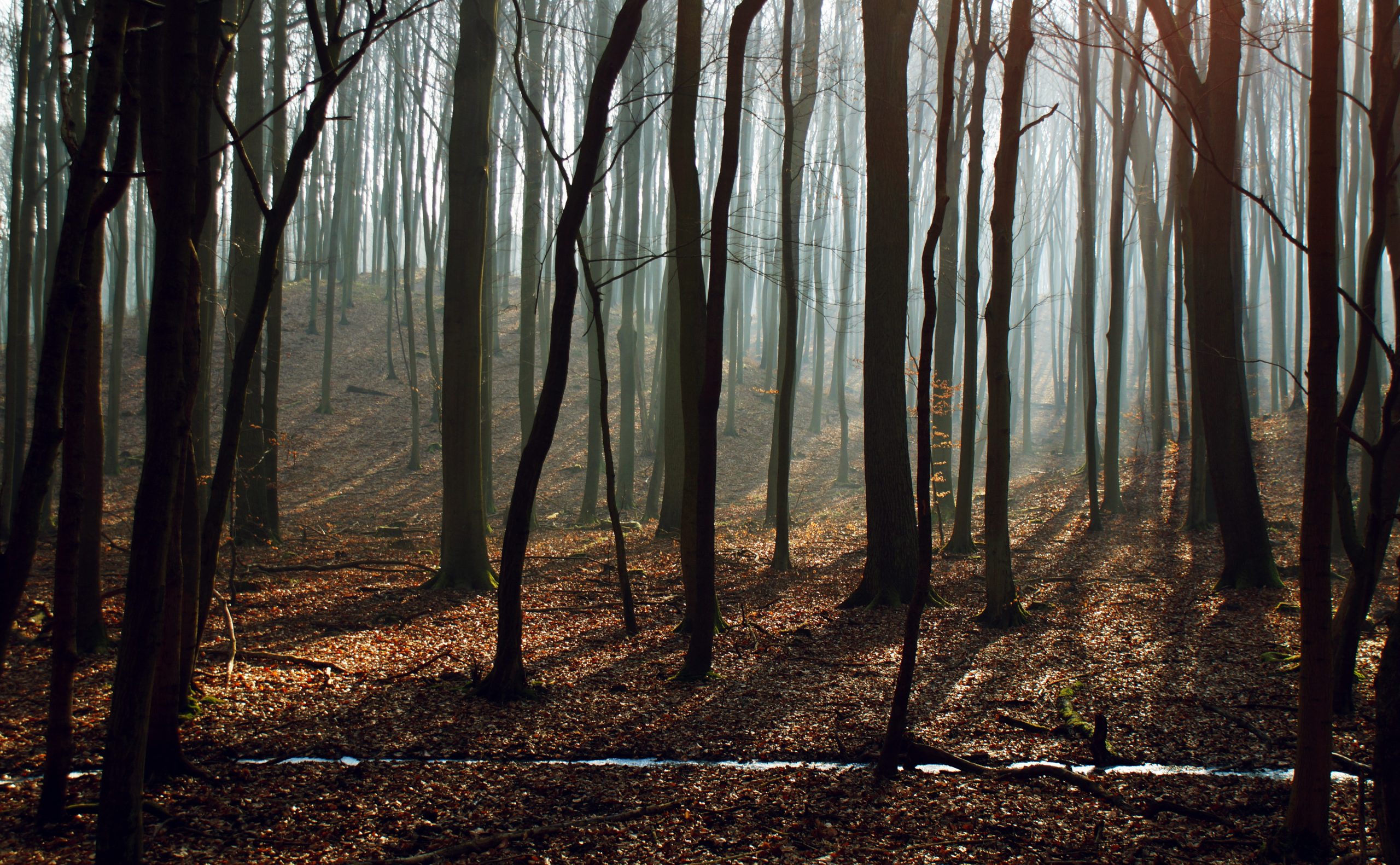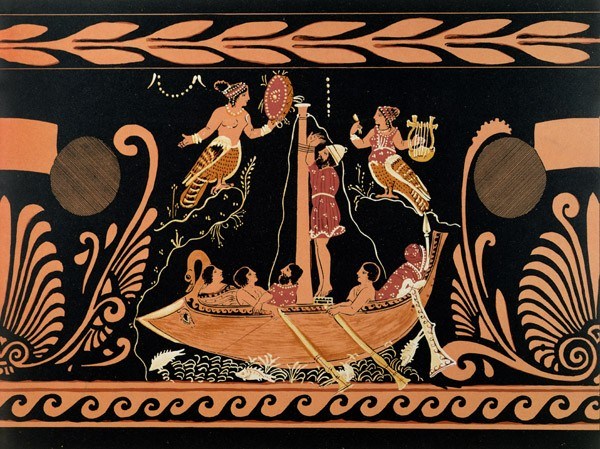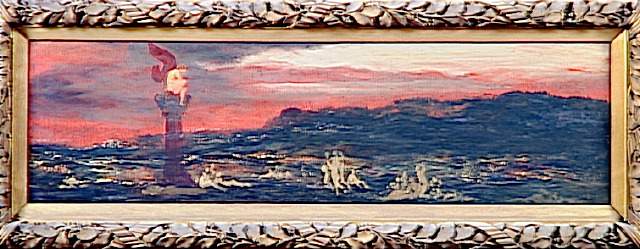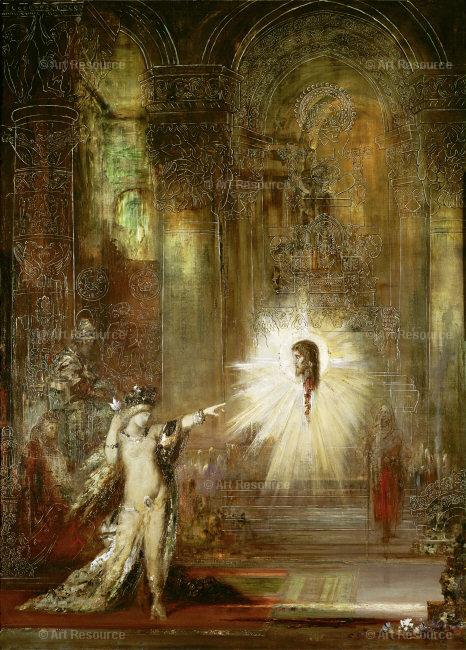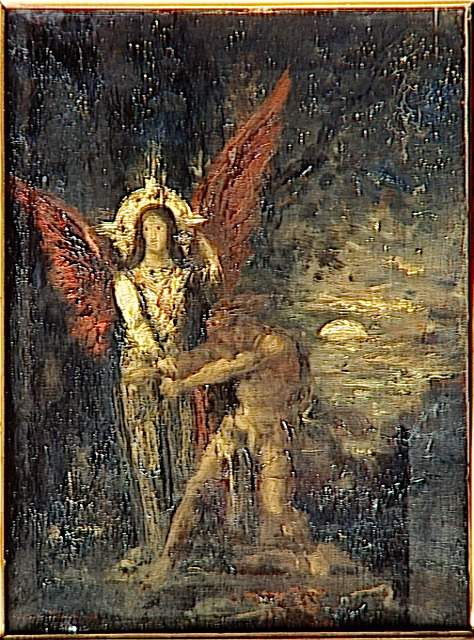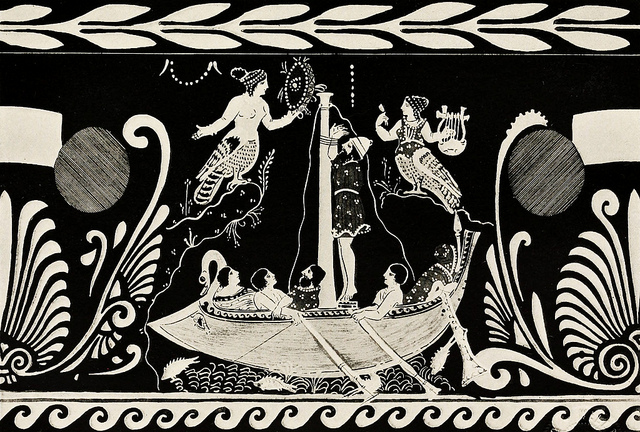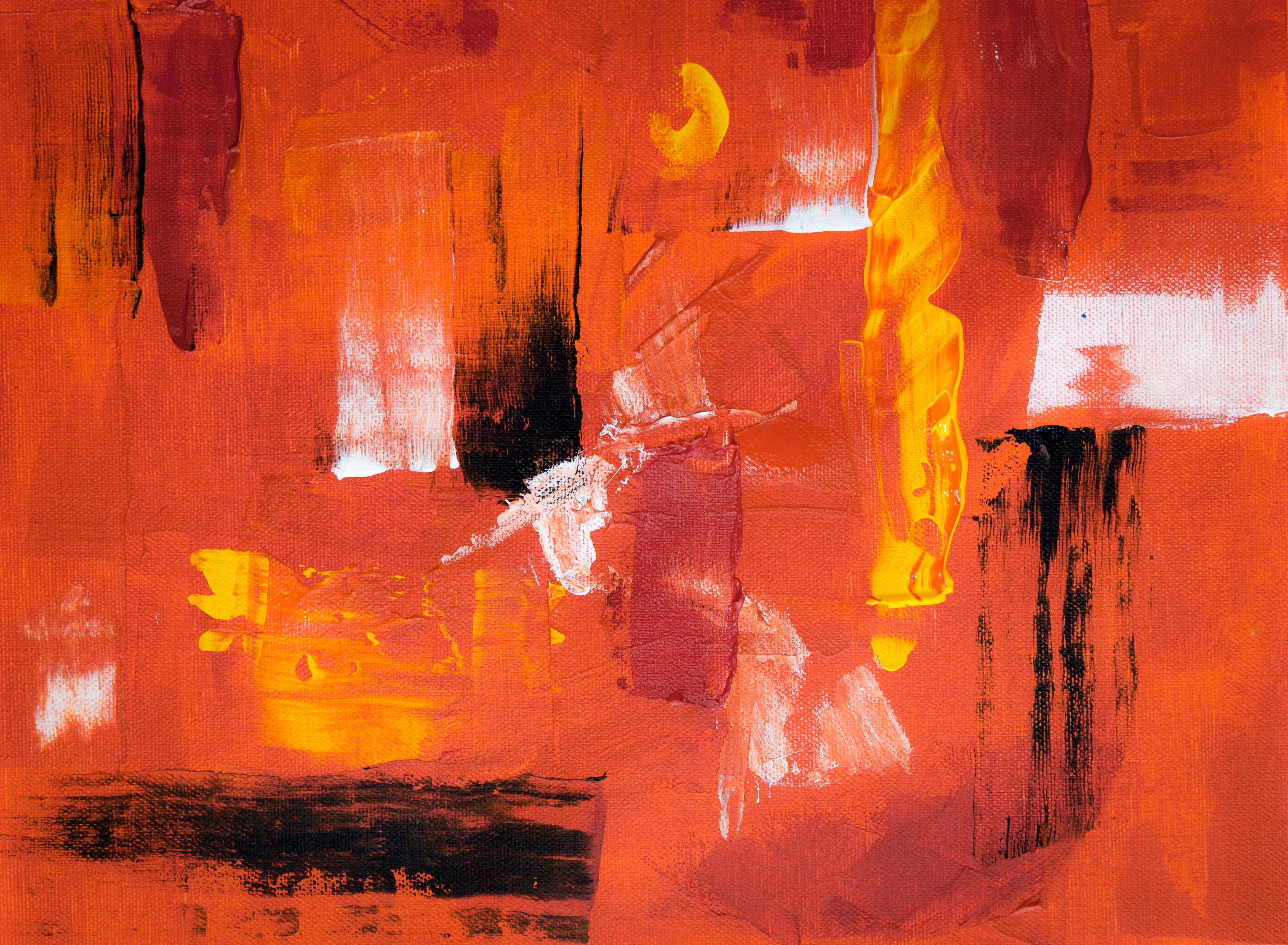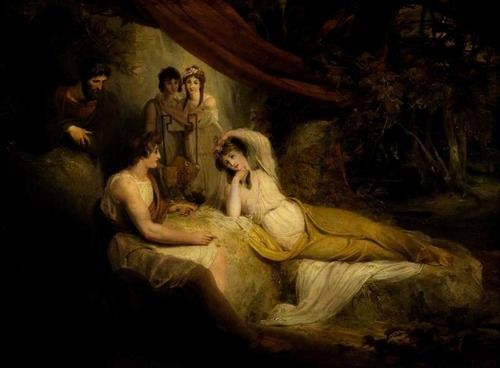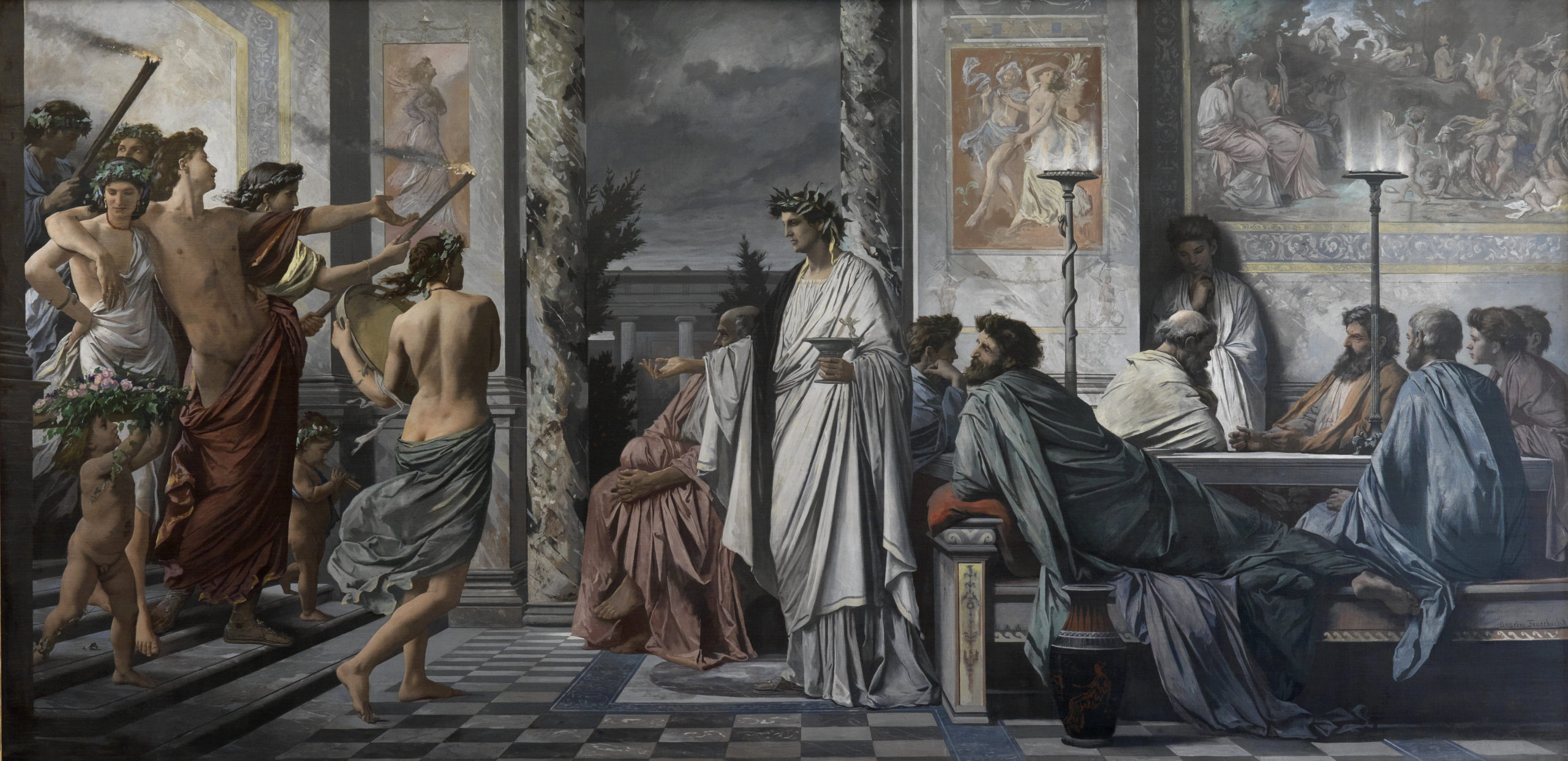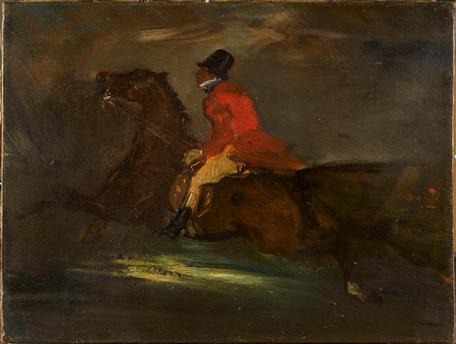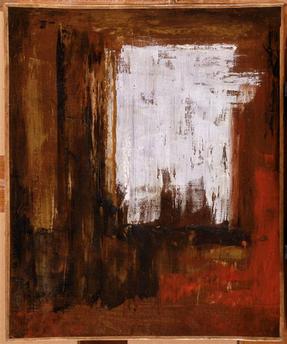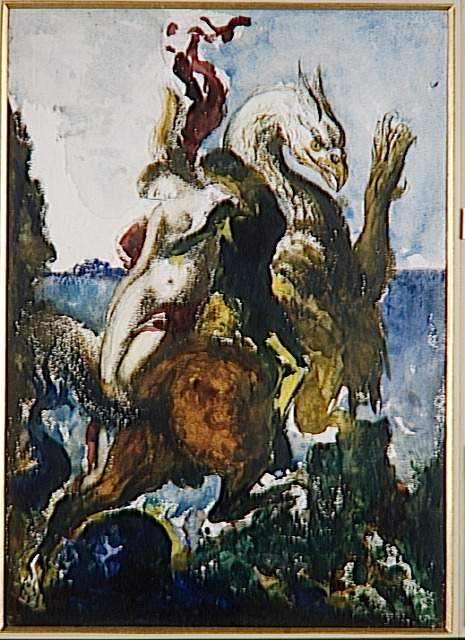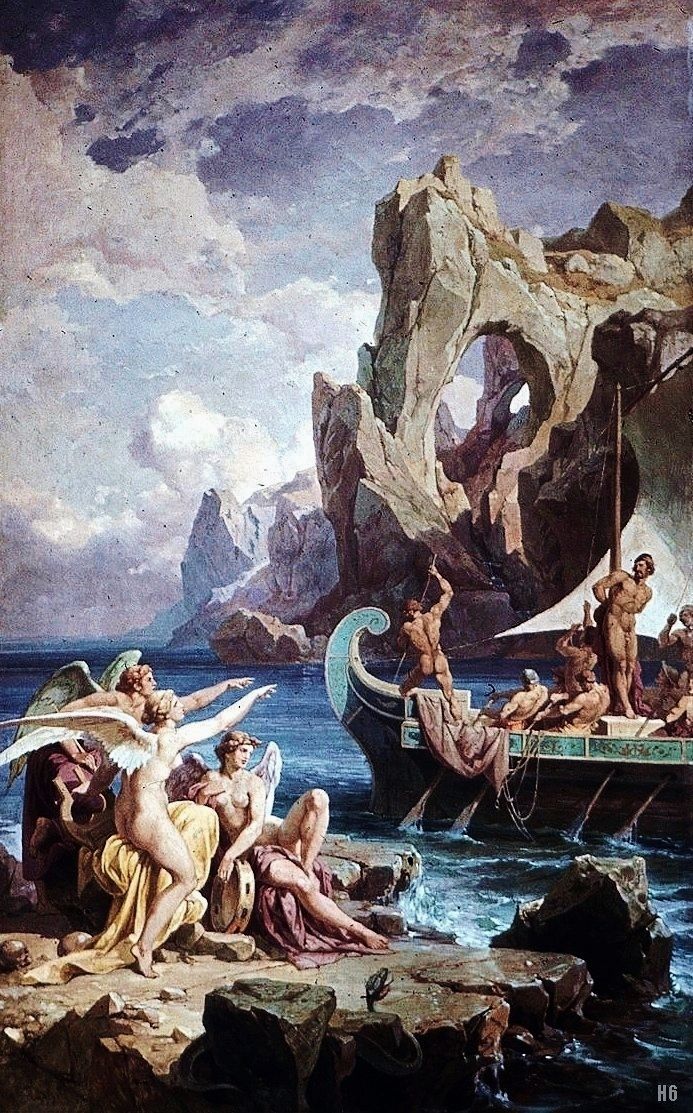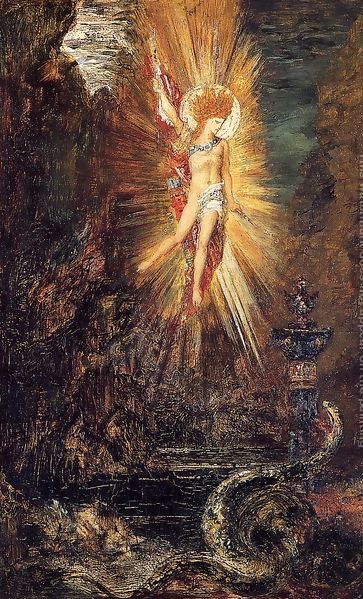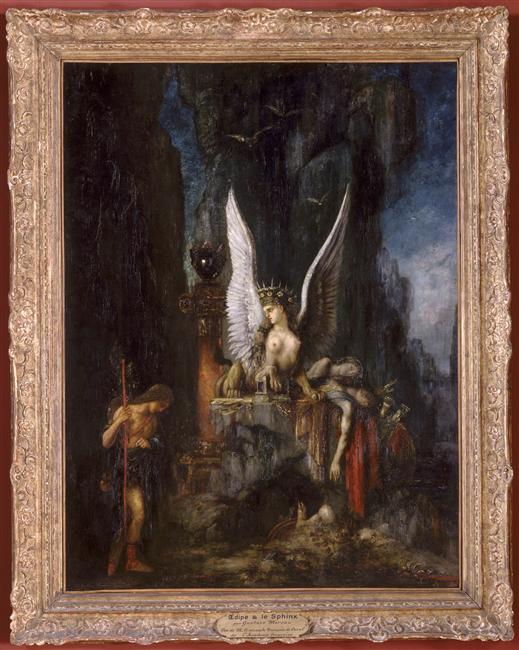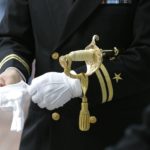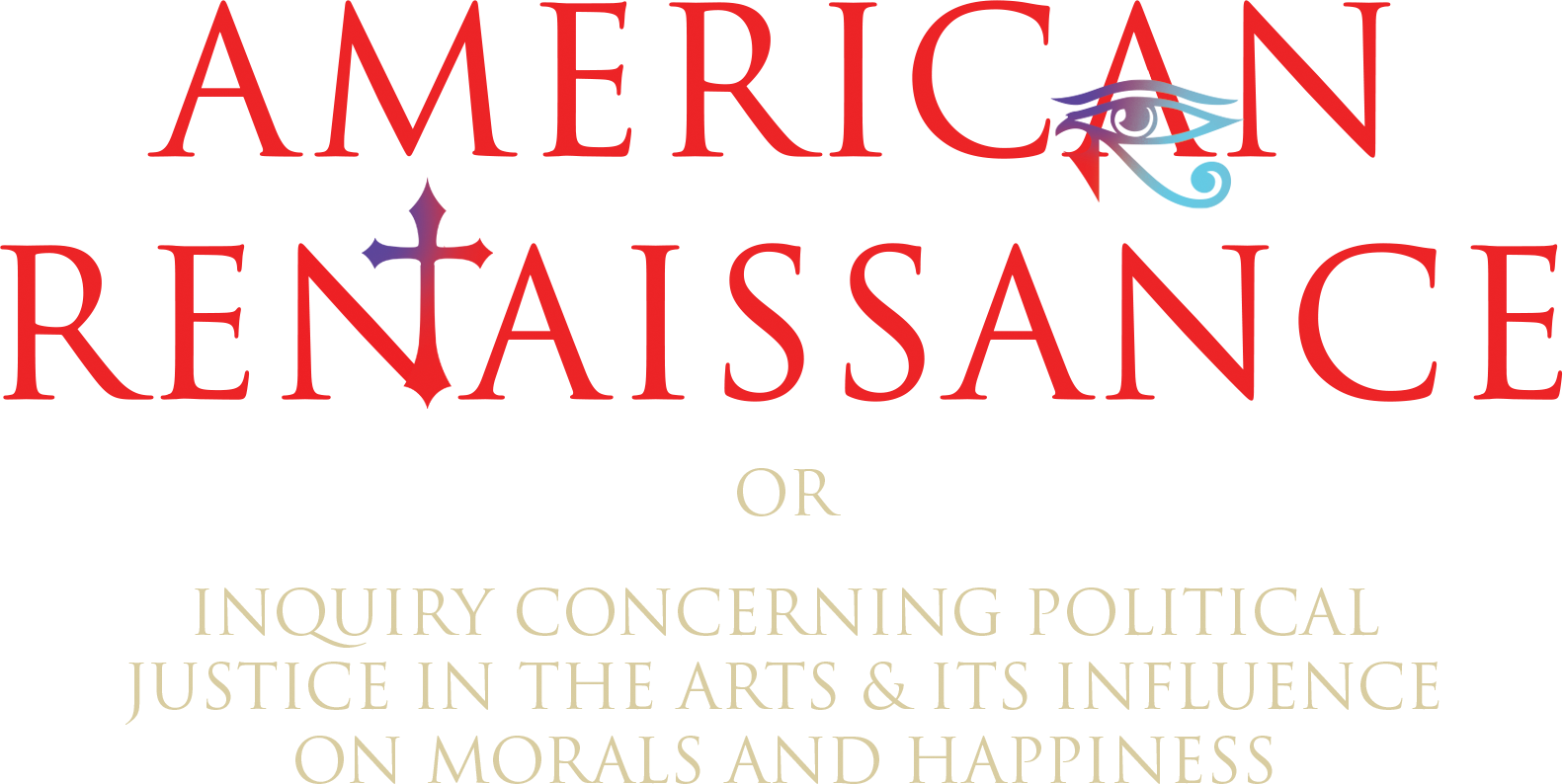By: Admin On: September 22, 2018 In: Cult, Feature, milennium, politics, prophecy, prophet, United StatesEdit This
October 11, 2001: Excerpts from American Renaissance Volume 4, Recollections given in a written affidavit and taken from the journal entries and field reports of art society member, alleged assassin, and government informant, Amadeo B. Effscott. Were both General Colin Powell and former President George W. Bush members of this secret society? reporting by Pablo E. Bostonalius, and Stockard Lowell, who contributed to editing and fact checking this story
“Well, one really didn’t know what to believe or disbelieve about the strange secret community of the American Renaissance…
And I refer here to late members of the Society of artists that goes by this name, if there are any who are still alive, after our operation’s interventions. This has nothing to do with the group of White Nationalists or supporters of the White Identity movement – that this administration also knows well about – who happen to call themselves by the same name of “American Renaissance.” This society of artists called A.R. goes back to the end of the War in Vietnam. Started by a former POW, one J. Harvey MaCebe, who preached about the coming of a prophet. It was only late in life that Macebe recognized the prophet he was waiting for was a man called Sean Dorian Knight.
Far from being a movement about White Identity, the origins of this American Renaissance included people of all color, from redheaded Irishmen to African Americans, Hispanics and Asians, whether gay or straight. And, although there were many White Nationalist sympathizers who also joined our ranks and tried to claim relation to the great works of European culture by the color of their skin, their claims were disproven and rejected by Sean Dorian Knight.
Artists indeed were a race, Dorian proclaimed, but they were an invisible race found living unrecognized inside all ethnic populations of the world. Your identity as an artist and a member of the American Renaissance was strictly about a racially invisible group of artists who were family. A family whose economic art revolution called for the overthrow of the marketplace for all cultural assets in which they were disadvantaged by the works of their dead ancestors. They called for outright violence against all art institutions unless there was a legal path for standing ultimately before the Supreme Court to weigh in on technical anti-trust matters of the law.
This was the economic side of things in the American Renaissance. But then there was the moral side of things.
Because all morality was derived from art, they said, and as God’s Chosen People, in any society you could observe in their culture that it was artists as a family who were the actual arbiters of the moral law. There was about this family however, on the whole, vagrant rumors of wild hedonistic practices that were acutely on the rise over the internet.
Rumors of deadly feuds between self declared “artists” and local hermits in the rural countryside. An unconfirmed scuttlebutt about a summary killing of one local professor by another in the name of some interpretation of art theory. But there was nothing one could believe or disbelieve at face value when the stakes of morality appeared to be such a trivial thing as to not even matter to the Washington politicians. Even less to the ivory towered academics at the Department of State, or the many Washington Think Tanks that were oblivious to the fanatical religious depravity going on only a hundred miles south of the capital beltway.
Perhaps these atrocities were not true to most insiders in Washington. Artists would kill other artists, or anyone who didn’t believe in the economic prophecy of their leader, Dorian Knight, and have faith in their religious cause. “Either you were with us, or you were against us,” was a common phrase members of the society said. And many in the know in the intelligence community believed the virus of the American Renaissance had penetrated the highest levels of our government, even going to the staff members of the White House cabinet and the Oval Office itself.
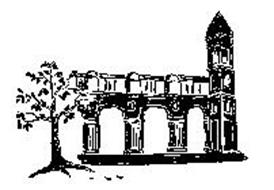
But nobody in government without Ultra Top Secret clearance was aware of the danger or even prepared to believe the myths and religious fervor we were trying to contain in the inner countryside outside of Washington D.C, New York City, and from Pennsylvania to Ohio, the Texas hill country, Denver, Portland, Seattle and San Francisco. The mass economic hysteria of Dorian’s followers had reached such levels that legend had it all you had to do to be suspected of being one of these “invisible” artists was to do a little painting, and if you showed your artwork to a member of the society with a higher ranking than your own, you could be killed for painting the wrong thing.
Or if you were in government – and suspected of being contaminated by the virus and of being a secret member of the society – perhaps you would not be killed, but you could be immediately fired. Or, if you were just a lowly foot soldier like so many of my former brothers in combat who went missing in the field during this domestic operation, perhaps you simply disappeared.
If one was suspected of being an “artist’ or contaminated by the ideology, the careers of few other than the President himself could survive such an accusation. But nobody who was not privy to the domestic operations outside of the professional intelligence community ever really believed the horrific myths many of us in the field bore witness to when living among this secret artist society.
It was quite a different thing, however, to see the truth of the local myths strike fear into the actions of the folks at the local bar, or cause them to stand watch by the clapboard windows of a country tavern in broad daylight and whisper blood thirsty tales of these happenings at the gatherings and festivals of the American Renaissance; it was where Dorianites met to worship their founding prophet and leader of the economic revolution. Where they came to gather and debate the merits of artistic beauty, and what artworks qualified in stature to be included in their prophecy for the moral law of the new American century.
Needless to say, there were several disagreements about the nature of the beautiful as well the concept of a moral law. Disputes in which many times groups of artists singled out dissidents who did not understand the principles of the economic revolution, or quote the words of Dorian, their prophet, correctly.
“Don’t you see he is not only a prophet, but revolutionary and a multi-millionaire?”
You could hear the Dorianites tell the doubters and the non believers. And there developed gangs and posses of Dorianites who roamed the countryside calling on all artists to understand what the prophecy meant so their art could correctly represent the new economic order. There was a lot of money to be made in this artistic revolution. So were established the early doctrines of his Church. Meanwhile, in this way moral disputes between artists – whether they be wanna-be painters, starving poets, weekend musicians, or destitute sculptors – were settled by resorting to tactics of a brutal criminal nature, and some raw form of frontier justice awaited those who happened to transgress the image of the society or its aesthetic code.
Several society chapters had sprung up in and around the Potomac valley, including the Maryland panhandle, in only a matter of months. This was in the early 90s, the years preceding the turn of the new millennium, of course. And, yes, despite the danger of their economic ideology, I admit there was a genuine allure to their creed – never mind the rumors of rampant sexual orgies – I mean the allure to one considering oneself to be a member of the American Renaissance society – to believe in their true identity, that is – that one is a member of God’s Chosen people. To identify oneself as an artist. And then there was the idea of riches, the obscene amounts of money there was to be made if their artistic and economic theory could ever prevail in court. Millions.
On the whole, the government – especially the boys at the Bureau – did not look kindly on this question. As mentioned, many an officer was fired or never seen again after admitting to feeling some kind of affinity to the artist’s cause.
So, even when considering my own sympathy toward Dorian, and all the pressure he was up against – despite his staggering newfound wealth – I had to consider any logical affinity to their movement with the most guarded caution. People, officers, former military brothers-in-arms, friends were dying or going missing in the most alarming numbers. Anyone who dabbled in just a little bit of art on the side. Regardless of how much actual talent or little talent they had. Not just African Americans and the blacks, white dudes and Asians were getting smoked by the authorities, too. The government was up to something, sacrificing its own highly trained veterans to become paid mercenaries and practically wage a clandestine domestic war on ordinary god fearing Americans. Right in Washington DC’s own backyard. But we weren’t being told why – the real reason for our ultimate mission, or any of our task force operations.
Contagion was not something that was taken lightly, I suppose. “Mama’s don’t let your babies grow up to be artists or cowboys’s!”, we would sing and joke, those of us who were about to be sent into the field.
It used to be your mother didn’t want you to grow up to be a poor artist. But, with Dorian’s cult of the American Renaissance, you could strike it rich. It was a direct shot of adrenaline to your belief in the American dream. Through his art, he had gamed the system itself.
Capitalism at it’s most pure, a new economic model that would level the playing field for artists competing against the works of all the dead artists who ever lived and overturn Capitalism as we know it.
It was like a drug, our superiors at the Agency told us. But would getting filthy rich be worth it if it meant we must lose all our past artistic heritage? – to live in a land of cultural amnesia – in the truth of the eternal present without a past – if the price was right? Well, most rich dudes never cared about culture or art until long after they got rich, is the way I saw it. But falling for the cult of the American Renaissance could lead one to suicide or treason at best, we were told, should one lose their professional sense of self and get brainwashed by the artist enemy.
Indeed, there were repercussions to national security in all that we were doing, we realized. But – if all it was was a cult of some false prophet, then why the magnitude of this secret military response from the government?
Something much deeper and more sinister was being hidden from us about the nature of our preparation for what simply amounted to another ideology we must confront. Something downright diabolical with frightening allusions to Biblical prophecy at its core. As if Satan himself, after two thousand years of being chained to the fiery pits of Hell, had come to be reborn on earth. At Joint Task Force meetings I attended between the FBI and the CIA, at first the running joke was you could get a promotion by getting your picture taken with Dorian, the false prophet. It was only a matter of time before they wanted the false prophet dead.
Meanwhile, in its overt plot for an invisible race of artists to rise up and bring about the destruction of all museums, defenders of the Society of the American Renaissance said it was only their perfectly just cause in the name of creating new and more jobs for unemployed artists.
Soon billionaire art moguls and collectors began to secretly buy into artworks of the new movement. The legends of several artist members becoming extravagantly wealthy, in the many millions of dollars, soon drew many new amateur initiates to the cult of Dorian. And whenever anyone in some backwater village of the Virginia countryside started a rumor of having seen Dorian Knight in the flesh, it wasn’t long before weekend artists from all walks of life wanted to join; mailmen, plumbers, doctors, engineers, policemen, small town lawyers, accountants, and even applications from the local garbagemen were said to be pouring in with application fees to their local chapter of the Society. Each claiming a genetic belonging to the invisible race and the right to earn riches, by virtue of their sample tawdry and mediocre works of art. Each trying to gain membership and the American Renaissance seal of approval.
Yes, but Dorian was said to be living in New York City at the time. Already, it was becoming legendary how many a government spy in Manhattan had been lured into joining his cult, succumbed to the promise of riches, only never to be seen or heard from again. And though his art revolutionary movement had been spreading all along the coast of the Eastern seaboard and west toward Michigan, Chicago, and all across the Rockies to Southern California, it was hard to believe if all the rumors of economic success could be true.
Temptation to strike it rich in the art lottery was labeled as nothing less than treason to the country and a virulent unpatriotic disease at the FBI.
One had to see, in order to believe the truth, our superiors said. But the Federal agencies overseeing the infiltration and counter intelligence of the movement tended to believe more in the truth of the rumors of criminal activity and ritual murders associated with the revolution’s plot to erase and destroy all works of Western cultural heritage on public display. Those master works of art created by dead artists that, in the end, only took away the right of artists of today to have a job and make a living.
Well, if there be gold up in those art revolutionary hills – How much of the rumors of it could be true or not true, I remember me and many of my fellow operatives thinking. Most of them, unlike myself, were all career military and special forces and didn’t have much sensitivity to art, whether it was good or bad. But, getting a decent paycheck and wages for bringing in the kill – or perhaps just slapping together an oil and charcoal painting of what we killed – was something we all understood. And, whether in truth we of the clandestine agencies secretly identified as wanna-be artist or assassin, our ears were highly attuned to the price of where we could best auction off our services.
I admit attending many a party of the Society, where the long driveway to the home was parked 5 cars deep with a couple of Mercedes Benz, a Ferrari, and a Rolls Royce or two. And there, such awful artworks and paintings a 3rd grader could draw better were on display in the most luxurious dining room settings. The house and gilded, surrounding furnishings said to be bought from the proceeds of the artmaggedon of all auctions. And such riches on display, I admit I and not a few of my undercover colleagues at the Bureau whispered out loud the temptation to join the ranks of the Society. This was all in a joking manner, of course. None of us were true believers. But it looked so easy! The vast majority of the art being so atrociously bad, I do think some Federal agents were truly tempted to betray orders, join the cult, and dream of becoming a millionaire artist rock star.
But neither was the inner politics of being accepted a member of the art society considered any piece-of-cake or walk in the park. In order to join the revolution, it was said one had to truly believe in the ultimate prophecy of Capitalism itself. One had to pledge allegiance to Dorian Knight as its sole leader and be prepared to give one’s life for the cause of artists.
Yes, for the cause of that same pennyless artist I had once known and befriended when living on the streets of Paris, France. At the time, I never could have known how famous he would become. No one in their right mind could ever have predicted how far the revolutionary influence, ambition and greed of a single artist could extend to being an ideology of life or death – a contagion that would spread across nations and borders – all in the name of genetic allegiance to some invisible race and its right to be recognized by the Capitalist money-making machine.
But God forbid one were to say out loud the wrong thing or make a false opinion about what art was and what it was not. That such magnificent and its purging of so many false artists and non-believers from its ranks, it was as if the Society of the American Renaissance was holding up the mirror of economic evil of the country at large. Dorian was increasingly feared, but nowhere to be found. Ultimately, it was growing recruitment among artists and their message of amorality and capitalist greed that had to be silenced.
But why the counter-intelligence Agencies’ need to meet the myths and legends of all the mayhem with such overwhelming violence and stealth military force? Could it be that the American Renaissance was a truer version of Capitalism itself..or why was the U.S. government so afraid?
Yes, and such was the frenzy of evil myths about the Society and its leader that began to circulate, I myself began to wonder if indeed Sean Dorian Knight truly was none other than the Devil incarnate, come to the heartland of America to impersonate the Second Coming of Jesus the Savior for which all of the Christian faithful had been in wait. The Reckoning. But nobody in government had either seen him or knew how to get close to him, Dorian, the artist in seclusion. All they could see were the incoming reports from agents in the field of all the chaos and destruction, the outspoken greed that resulted from his followers’ actions.
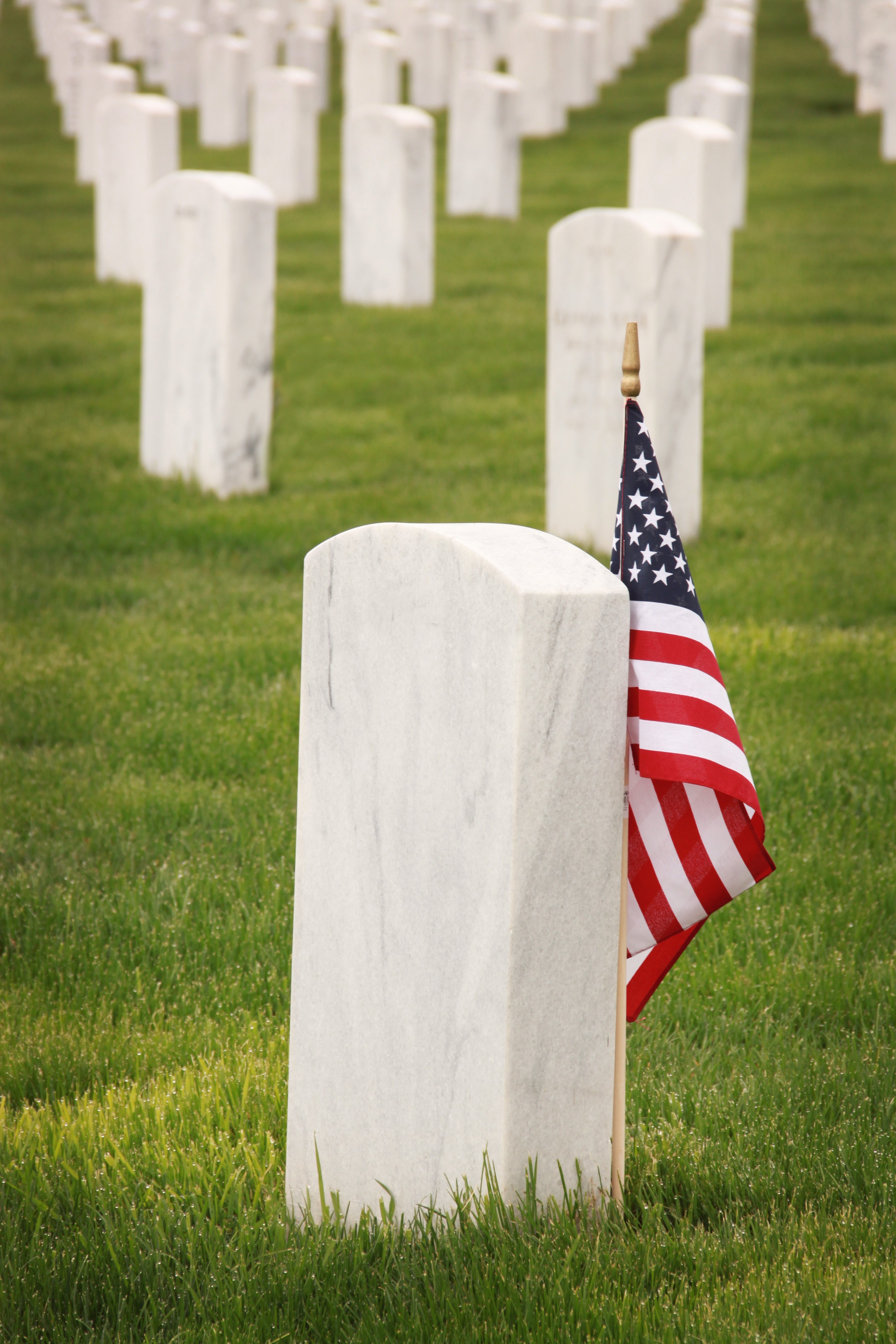
Then, there was the time I heard of the strange incident of an FBI case officer who had been seized by a fanatical belief in the virus (he died shortly upon being assigned to a Renaissance task force on the tails of Operation Bull Moose). After learning of this demise of someone in our own ranks, we realized as well that one could admit nothing to one’s superiors. Eventually it was found that the case officer had contracted and died from a rare form of radio-active poisoning. Before he had become terminally ill, it was reported that he had taken up painting canvases with a mixture of chicken blood and unknown substances. A derivative of Plutonium was found in his system during autopsy.
But he had lived long enough to tell of a shocking custom of human crucifixions done side by side infanticide and animal sacrifices. Unofficial gossip placed his sighting to where he had been posted near Harper’s Ferry, just inside the West Virginia border nearby to where the reporter Ike Abramson had been killed in a car accident. I myself had heard of first hand accounts of animal immolation and Satanic rituals once practiced in our very own Old Leesburg chapter.
Sure, these were unconscionable immoral things, but this is not what the American Renaissance ultimately stood for – ultimately, it was about justice for artists.
For striking it rich, and although I did not necessarily consider myself an artist, I thought they were an interesting people to represent. I suppose I had dreams of becoming a politician back then, “an artist of the possible.” So, it was in my humble attempt to preserve some objectivity that I, personally, more and more tended not to err on the side of belief or disbelief, but instead tried to keep an open mind.
Once, this was in Old Leesburg, I remember while stopping at the well at Harvey Macebe´s saloon style bar & grill (called the “depot” by some). I recall I’d even gotten into a friendly “moral” debate. A conversation about the government prohibition of letting ladies in there to form a strip club. The absentee owner, a Mr. J. Harvey Macebe, was said to be denied a permit for officially running the strip joint, or even selling liquor under his name, on some technicality in theory. But, in fact, it was really because he’d actually killed a man who questioned if Dorian Knight was even a real person on his bar room premises.
A former POW from the Vietnam War, supposedly this Mr. Macebe was now doing time somewhere in a real American jail, and dedicating himself to becoming a real professional artist – an abstract painter – while vying his revenge against the government prosecutor. Well the framed picture of this J. Harvey Macebe, the saloon owner, was hung right behind the bar – just above an autographed portrait of our own local neighborhood celebrity – a young Colin Powell in uniform himself – and I recall debating some of the pros and cons of his legal rights to open up a strip club as a very important matter with the barman.
There seemed to be some local ordinance that was against women being topless. But our conclusion was that any law that would categorize this kind of act as criminal behavior in nature only meant that informed leadership was patently lacking in the legislature if any ladies at all were going to be able to have a decent strip joint to take off their clothes. Not that I’d support such a thing mind you. Just that, as an attorney and as possibly their future representative [I suddenly came to have political ambitions at the time], I certainly wanted civil justice to weigh-in on the matter.
This was just the typical sort of innocent conversations I would have in Renaissance country. I tried to stay away from any volatile or dangerous confrontations about art with the local folk.
But, despite the confidentiality of my reports I owed my superiors at the NSA and DIA, I admit I had begun to adopt the practice of writing allusions to some top secret information coded into the verses of my personal stabs at poetry. This, my government superiors said were the first signs of having been infected by this strange art virus that would have the power to incubate and affect the stability and well being of American capitalism for decades to come.
And yet, that little bit of poetry, and a harmless round of beer at the local strip joint, were coming to be my only outlets after attending the secret recruitment meetings for this strange new art movement in Renaissance country. The same movement the FBI had their sights on, Dr. Farraway said. Them artists who considered themselves the real Jews, and for whom the Bible and all of the art ever produced in Western art history was proof that they were the invisible race of God’s Chosen People.
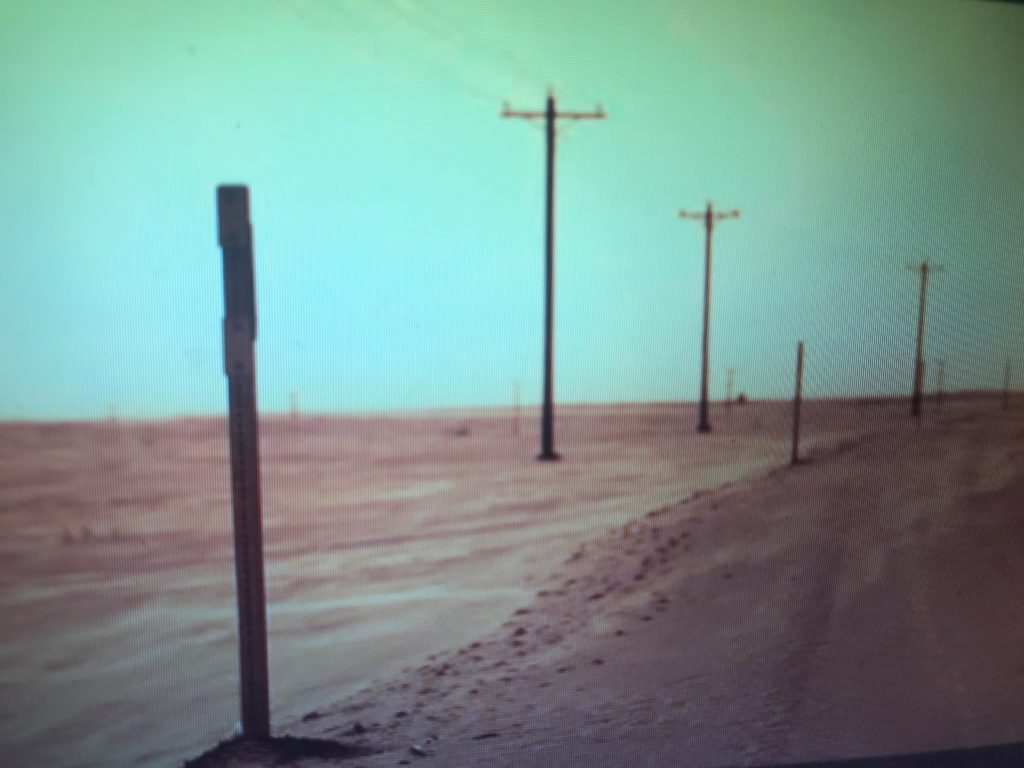
Well, it so happened that I had foolishly written about this little conversation incident at the strip club down in my government notes journal, and by accident, even more foolishly left it out in the open for my wife ———[name redacted ]- to find when she came home from her counseling session. I suppose I can candidly admit that I felt bad, unfairly distanced from her when this happened. But I had to stop her. By no means did she have clearance to access classified foreign agent military papers. I had reason to protect all of my writing, especially given the vulnerability of her mental state.
Yes, privacy is a right, isn’t it, even in a marriage? People have to understand that sometimes the truth, or being able to hide it, can be a life and death matter. I had to protect my personal writings at all costs, even from my most trusted colleagues back at the agency. What if someone were to find they even had some artistic merit? There was no one you could trust. To the extent that it still shocks me to this day. Yet I am glad I trusted my instincts…if they can only help me survive long enough till the day the truth is revealed to the world.

So, despite how crazy this art movement was – and that the government was no doubt going to put a squash to it – after already hinting at me being chosen to the Task Force to take out its leader – I didn’t think I could trust the government.
Dorian was my friend, going all the way back to Paris. Agents were getting knocked off and starred at Langley one by one. And the few friends and artist acquaintances I had made at the Renaissance gatherings along with my poetry were the only outlet for my confusion from the strange dreams and haunting phone calls with no answer at the other end.
Yes, those dreaded phone calls ringing that old clunky phone off the hook. The silence at the other end, until one time I asked if it was Dorian calling me – was he mad at me? And this voice began to yell:
“But Dorian had died while you were in Paris! – think about it – how could he still be alive? His twin, they have to die too. And if he goes to Syria or Iraq – like the prophecy said- we will go there too. We will destroy the whole country!” the voice on the phone said, and then I would wake up in the middle of the night screaming. The phone was ringing off the hook in a terrifying manner and yet nobody would answer on the other end. Who was he Dorian? – the artists, the government, everyone seemed to want to know.
You might now readily understand how I agreed to go see that shrink, Mr. Farraway. He’s the only shrink I ever met who doesn’t like to be called a doctor. “Being an artist takes a little schizophrenia,” is what they liked to say at the American Renaissance meetings.
But the whole country, America itself, seemed to be schizophrenic, and I thought I was going crazy until I began to learn about the deeper history of the movement. The way the government had been painting AmRen as the enemy of the American people going all the way back to Vietnam.
But these odd little events happening at the most random moments begged organization and explanation. And, there strangely being none, so it was that poetry again became the one necessary palliative to the restlessness of my soul. It was my one ability to help me function, and indeed it may have turned slightly into an obsession. Does this mean I had been contaminated? Unfortunately, I doubted my tawdry attempts at poetry could ever be worth any money. But after those Renaissance meetings, I found I could not function without it.
“The ability to contain two contradicting states of mind, and still maintain the ability to function, is the mark of a first rate mind.” the poet John Keats said.

But as for me, the only way I could uphold my contradictory thoughts of becoming a poet as well as manage to function in service to my country and its war against this menace – this revolutionary art society of the American Renaissance – was by doing my best to gettaway! – gettaway to the countryside and keep a low profile! To practice my quiet devotion to being – to embodying – some new order of Virginia gentleman. Inhabiting the role of a gentleman poet – as it were – until my obsession became my cure.
And so I found that it was only in this, and in the pleasant weekend walks I would take into the farmland behind our new ante-bellum colonial style home, that I would come to breathe a slow climbing rhythm and once again feel whatever menace there was in the air subside, and feel myself still at ease with the pulse of the land. While Maddy Jane gradually took to more and more pills and prescriptions, and tuned into her ghastly television murder programs in a yoga like trance, not to mention her dance classes, I was there in the American wilderness. And it was there in the wilderness, feeling one and the same with the land, foraging through the evergreens, treading over thick beds of maplewood leaves and pine needles, that I would slowly begin to perceive again, in the stifling heat of the day, the function and beauty of the genius that is nature.
And though I did not know it then, these few spirited walks during my visits – here where that inwardly felt menace of art did not altogether disappear, but rather seemed to strangely inhabit the earth – were oddly bringing me into communion with perhaps the very thing I was running away from. Was this very threat I felt here at one with the beauty of nature the contagion of the American Renaissance my superiors of the government had warned me about? For if I felt any menace here in the midst of nature, I thought – then how could it be so bad?
It was as if nature herself were planting the germ of some kind of artistic meaning itself, a haunting seed of doubt in my soul that went beyond in power and scope than anything I could have imagined. For in the timeless crush of the leaves underfoot and in the sweltering humidity of the Virginia heat, I felt the mysterious lure of of something buried underneath, some work of great beauty left unfinished, something immaterial, and yet pulsatingly alive.
Foraying deep into the wooded groves, the faraway rumble of power from the nation’s capital would subside in my gut. The everyday noises coming from rural houses would be chattered over by the songs of hidden birds, the fences and backdrop conversation of rear porches would fade, and alone I would be left clearing my path. And, yes, unmistakably, whether menace or not – some unexplainable alien force seething under the surface of everything I did and everywhere I went began to slowly emerge. As if it were the cryptic message or ghost and dreams of some artist past. And I am convinced, I believe its origins lay, still to this day, somewhere in the backdrop of wilderness that sprawls and reaches out yonder the Virginia countryside.
And, yes, here one can eerily feel like these feelings I speak of are not mine alone. They were not of the American Renaissance alone either.
It was as if the American renaissance movement spoke for the land, and the land, in turn, spoke for the dead.
And I, clearing my path, like if I were going back in time toward a yet unheard of sound would walk, and hushed over by the tall pillars of timber, in the leafy canopy pierced by streaks of blue sky, I would feel the tremble of that forgotten past whispering in the wind; in the infallibility of the present – the markings, the distant echoes of a first rate mind.
12 “And they brought up an evil report of the land which they had searched unto the children of Israel, saying, The land through which we have gone to search it, is a land that eateth up the inhabitants thereof; and all the men that we saw in it are men of great stature. And there we saw the giants, the sons of Anak, which come of the giants: and we were in our own sight as grasshoppers, and so we were in there sight.” Numbers 13: 32 – 33
But, insofar as the Reed Lindstrome’s orders and the Agency’s concern about the matter, the problem with knowing what was good for the country about the Renaissance movement revolved around confirming what events could be taken for true. And, what if anything false or illegal, could be immediately wiped out by force, using deadly force if necessary.
So, when I reported to Lindstrome and my superiors about my plan to invite Michael Overbeck from the Renaissance Society’s Old Leesburg chapter to my home for dinner one night, perhaps I should not have been surprised that there was an apprehension of danger about the whole affair. They recommended and settled for no less than a stake out team and a sniper be posed in some undisclosed location, just in case. We had already lost an operative in the same Virginia region, after all, and nobody wanted to take any chances. And, just in case there would be sufficient evidence of a crime of Federal proportions, they also insisted that I wear a listening device.
A court order and motion for probable cause was petitioned for and summarily granted by a Federal circuit judge.
The listening device was live but, unfortunately, I was not given a hidden speaking device for two way communication. The technology at the time would have made it too risky to detect, both on my body and with respect to the size of the surveillance crew which Lindstrome and the Agency directors wanted to keep to a bare minimum. Nonetheless, I assumed the risk. They had advised me of the proper attire for a disguise and taped myriad cords to my balls and a microphone that tickled the insides of my armpits and chest hairs. But, for all this discomfort, I had my own personal motivations too. I was going to put a stop to whatever nonsense image problems I perceived in the community to be threatening the viability of my political platform from going to a national scale once and for all.
And, though now from the confines of my cell here – much like the humble artist’s garret I once lived in in the heart of Paris, I wonder if perhaps I should have stuck to a simple life and never given up on poetry…..At the time, I admit I was thinking on rather more grandiose lines. I had done a good job of cutting back on my drinking, too.
In repose of sobering concentration, I realized I was only an an anonymous one in a vast crowd of many strangely allied to the American renaissance, each vying to increase their fold. And that now my every action and every chance of political viability in their underground realm would involve a far wider labyrinth of people.
I considered the treasonous vestiments of my secret government mission versus what I considered the immensity of my calling to public life, and in short, I’ll admit I was afraid. But darling Amadeo [pardon, my wife used to call me that] was never so easily discouraged. I reasoned that if one day I were to actually be legitimately elected, I felt my actions would be vindicated. And, foreseeing the eventual need to court power in its highest forms, I decided that one of my first efforts at gathering support and extending the scope of my rollodex would be a deliberate reaching out to members of this secret society.

That very night, feeling an enormous void in my gut – probably akin to the need statesmen have to reconcile their gargantuan egos or their very existence with the men and women of their country – I actually went so far as to finally figuring out a way to solicit the help of the one eminent neighbor and great American in the community whose support I saw could be critical to any Virginia or national campaign.
At first, I was daunted by just the possibility of trying to bring him on board, and cannot say that it ever amounted to anything more than a reckless idea. After all, this man was no “small fish” to fry. He was the recipient of numerous U.S. military decorations, including the Defense Distinguished Service Medal, Bronze Star Medal, and the Purple Heart. His civilian awards being the Presidential Medal of Freedom, the Congressional Gold Medal, and no less than an honorary knighthood (Knight Commander of the Bath) from the Queen of England herself.
He was, in fact, like an American Caesar, whose political popularity ascended by virtue of his bravery on the battlefield. And for this real war hero there was even a nationwide call for his leadership and a committee to draft him for President of the United States.
The only problem was so great was his fame that he was invariably too busy to attend any of the local home town Renaissance meetings, and because of the sensitive nature of national politics, his commanding power in the Renaissance Society was acknowledged only in underground whispers lest they jeopardize his immaculate public image and incur the retribution of his legendary private wrath.
I refer, of course, to none other than the mighty four star General, once holder of the most powerful military position in the world: the former Chairman of the Joint Chiefs of Staff and long time Old Leesburg resident – General Colin L. Powell. He was, around the time I’m speaking of, not yet in service as Secretary of State but, from the comfort of temporary retirement in our small town, engaged in his speech making for the Republican national convention and in the signing tour of his very own book of the American dream, his autobiography entitled; My American Journey.
I suppose that I only saw in his teasing and reluctant disposition toward tipping his hat into the ring – in the coyness of his potential candidacy for President – as well as after the the writing of his very own book, that he was in a time of personal decision not very unlike my own. And so, therefore, mentioning the great quest of the American Renaissance and its literary canon (along side his $7 million advance whe he had been given for the signing of his very own book deal, of course), on that night I went ahead and wrote to Sir Colin L. Powell, (Knight Commander of the Bath) a courteous letter of solicitation for his political endorsement.
I recall the previous fall I’d also wished him a belated happy Rosh Hashanah, and expressed to him that, at the very least, I considered a casual correspondence might be of mutual benefit and lasting friendship as neighbors. Thereupon closing in a more formal tone of patriotic loyalty, and giving only a tangential allusion to my affiliation with intelligence circles, I signed it with a flourish of impassioned gratitude, and pledged to remain “cautiously optimistic” as to his support.
Start writing or type / to choose a block
For the inner details of the secret art society all of America, and soon the world, will be talking about – get privileged access to the incredible beginning: Here
Language of references and tooltips Ban to highlight2018-09-22Previous Post: AmRen & the True Origins of a Revolutionary Society of Art
